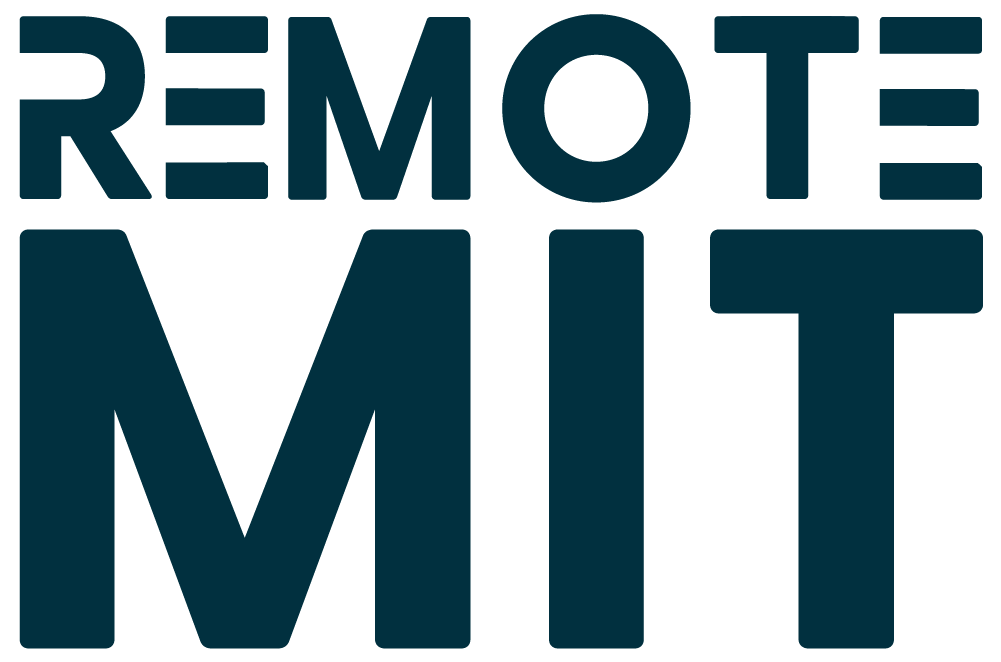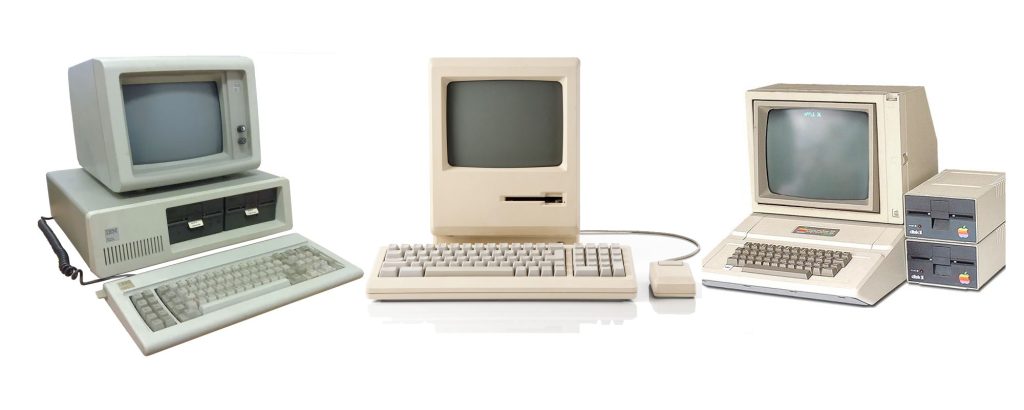The beginning of personal computers marks a significant milestone in the history of personal computers, revolutionizing how individuals interacted with technology. Here’s an overview of the early days of personal computers:
1970s – The Dawn of Personal Computing
The concept of personal computing began to take shape in the 1970s with the development of early microprocessors and hobbyist computing kits. One notable example is the Altair 8800, released in 1975, which became one of the first commercially successful personal computers. It was sold as a kit and featured an Intel 8080 microprocessor.
Homebrew Computer Club
Founded in 1975 in Silicon Valley, the Homebrew Computer Club brought together computer enthusiasts and hobbyists interested in building and experimenting with early personal computers. Members of the club, including Steve Wozniak and Steve Jobs, would go on to play significant roles in the development of the personal computing industry.
The History of Personal Computers Begins with Apple I and Apple II
In 1976, Steve Wozniak and Steve Jobs co-founded Apple Computer (now Apple Inc.) and introduced the Apple I, a single-board computer kit. The following year, they released the Apple II, one of the first commercially successful fully-assembled personal computers with color graphics and a built-in BASIC programming language interpreter.
History of Personal Computers Video
The videos below are from a PBS broadcast in the mid 90’s. They share the story of Apple, IBM and Microsoft’s immense impact in the introduction of mass market personal computers.
The history of personal computers really begins with their contributions and involvement from the late 70’s to the mid 90’s. Plus, the super stars of the era, Bill Gates, Steve Jobs, Steve Wozniak and many others, are shown before they became billionaires and and demonstrates it was their passion and early expertise and love of computers that spawned a major change in all our lives.
History of Personal Computers in the 1980s
IBM PC
In 1981, IBM entered the personal computer market with the IBM Personal Computer (IBM PC), which quickly became a standard for business and home computing. The IBM PC ran on the Intel 8088 microprocessor and used the MS-DOS operating system developed by Microsoft.
Expansion of the Market
Throughout the 1980s, the personal computer market expanded rapidly, with numerous companies introducing their own models and competing for market share. Popular computers of this era included the Commodore 64, the Atari 400/800, and the Tandy TRS-80.
Graphical User Interfaces (GUIs)
In the mid-1980s, Apple introduced the Macintosh, featuring a graphical user interface (GUI) and a mouse, which changed the history of personal computers and made personal computers more accessible and intuitive to use. Microsoft followed suit with the release of Windows 1.0 in 1985, laying the foundation for the modern desktop computing experience.
The Internet Age
The proliferation of personal computers in the 1990s coincided with the rise of the internet, leading to widespread adoption of email, web browsing, and online communication. This era saw the emergence of companies like Microsoft, Intel, and Dell as dominant forces in the personal computing industry.
Ready to get started?
Overall, the history and early days of personal computers were characterized by innovation, experimentation, and the democratization of computing power, laying the groundwork for the digital revolution that would follow in the decades to come.


